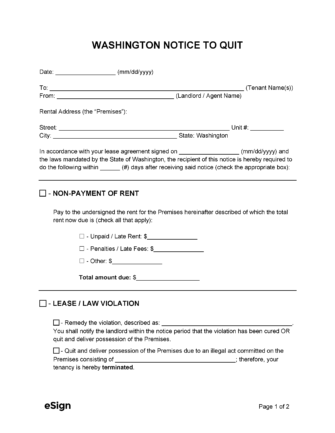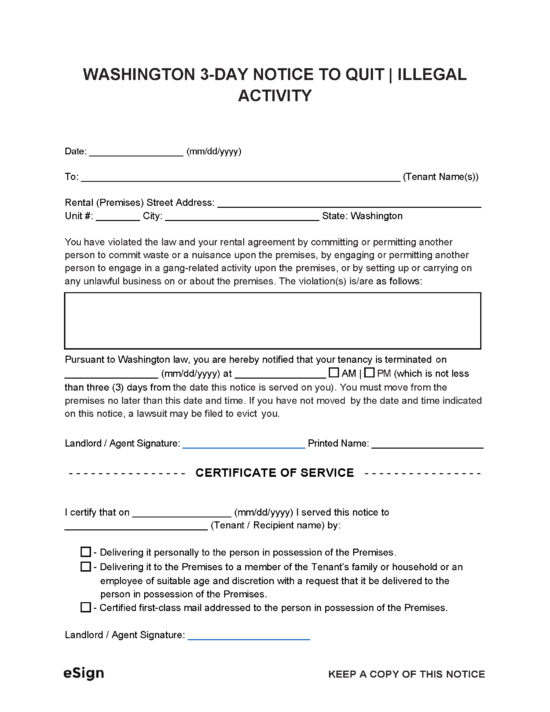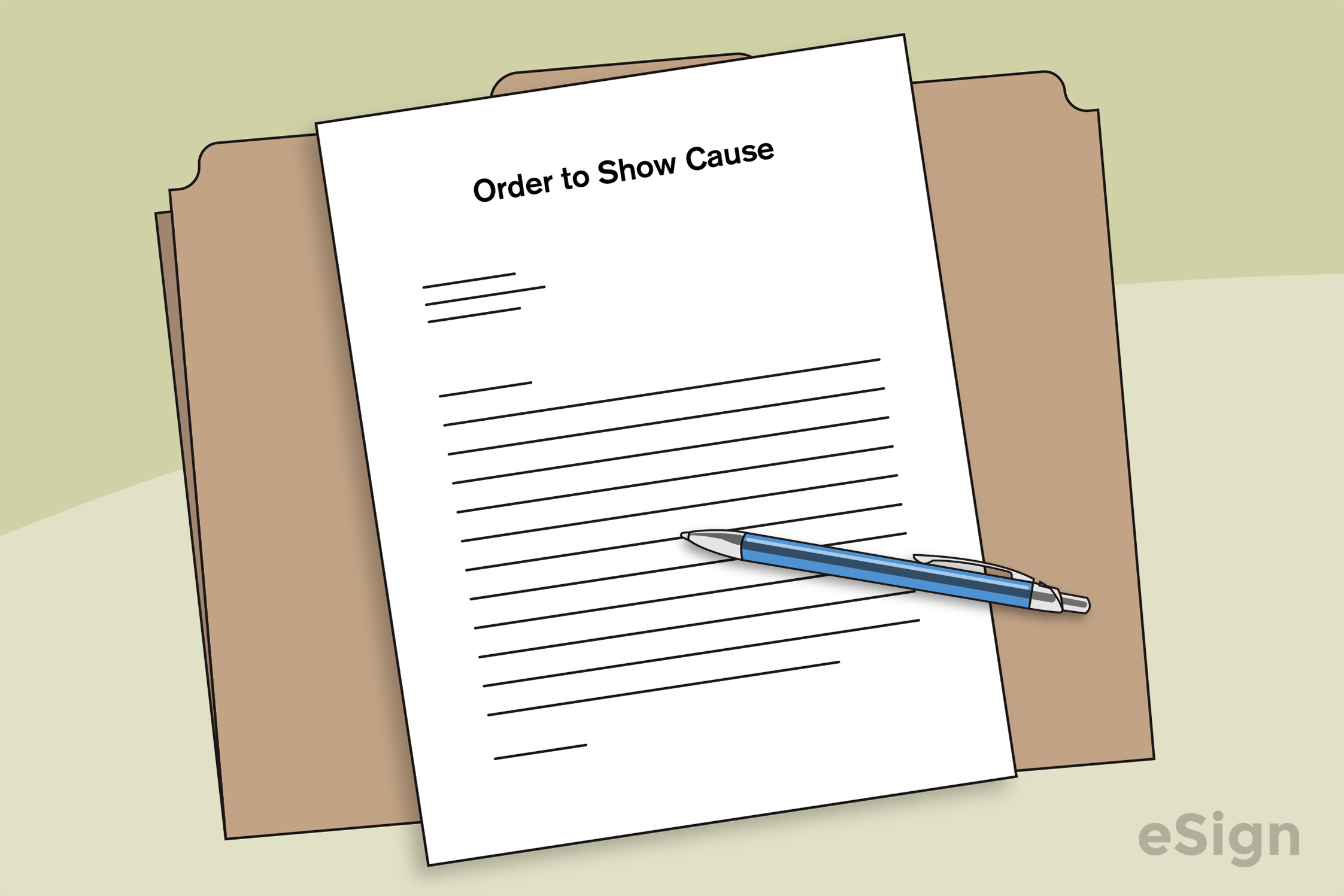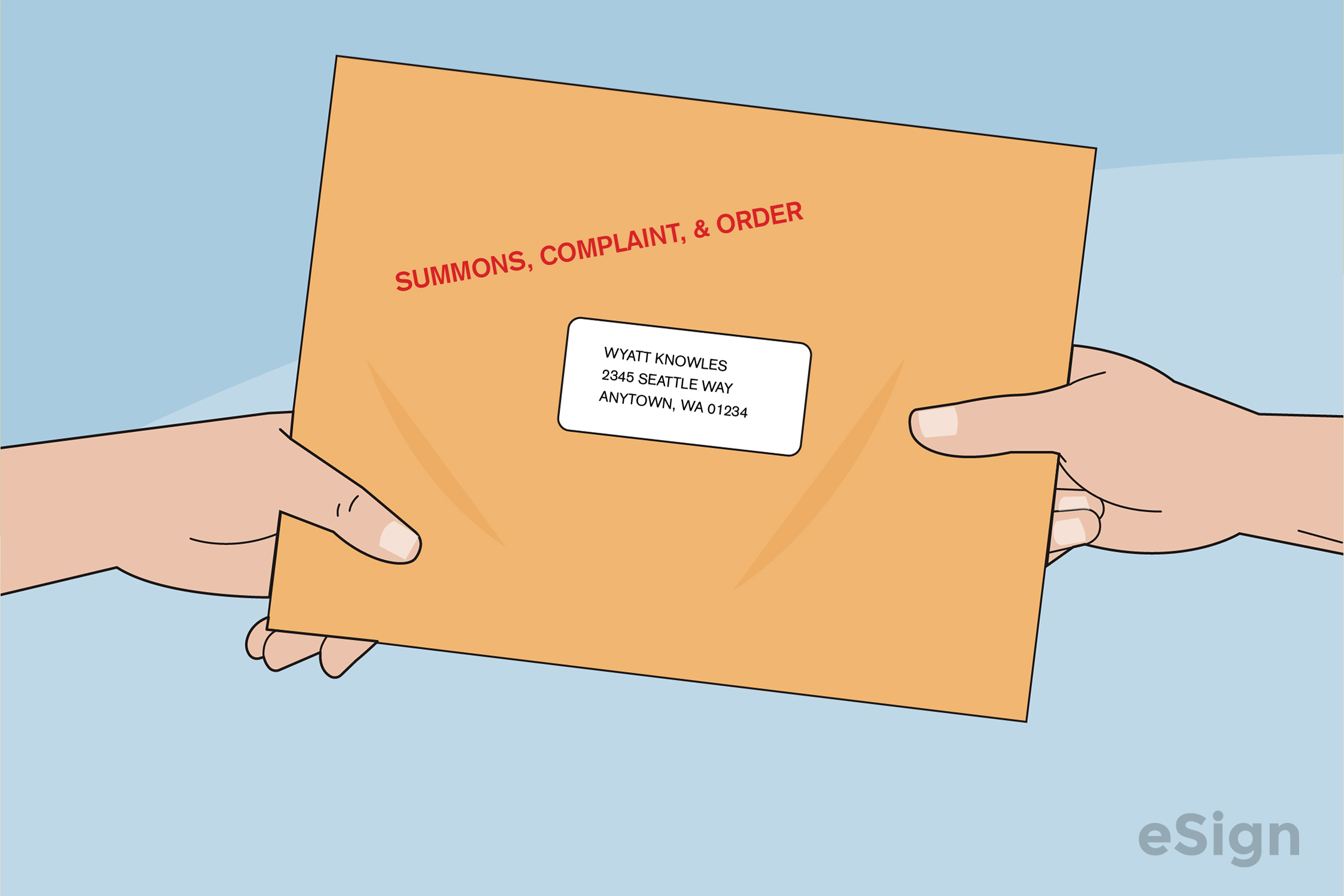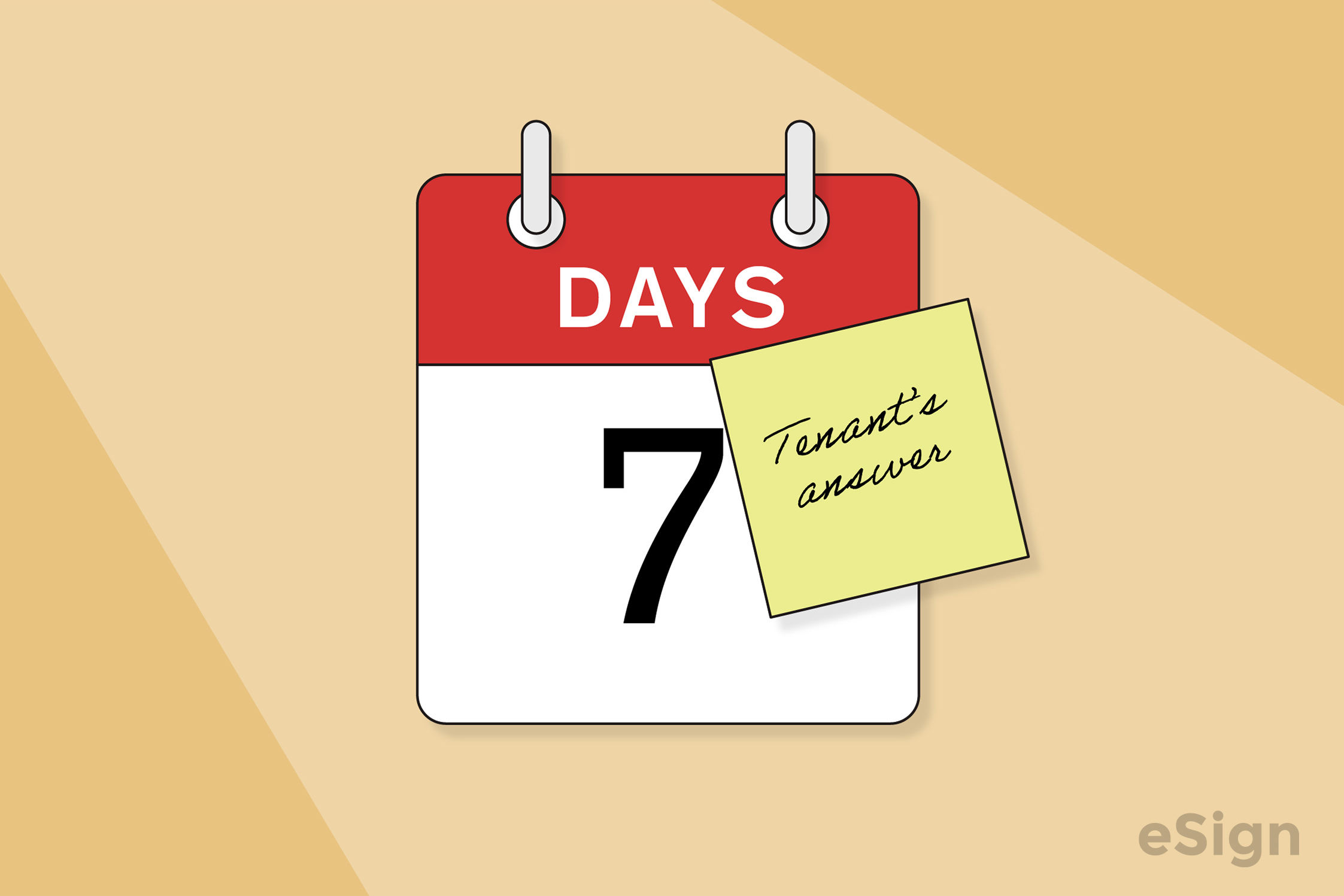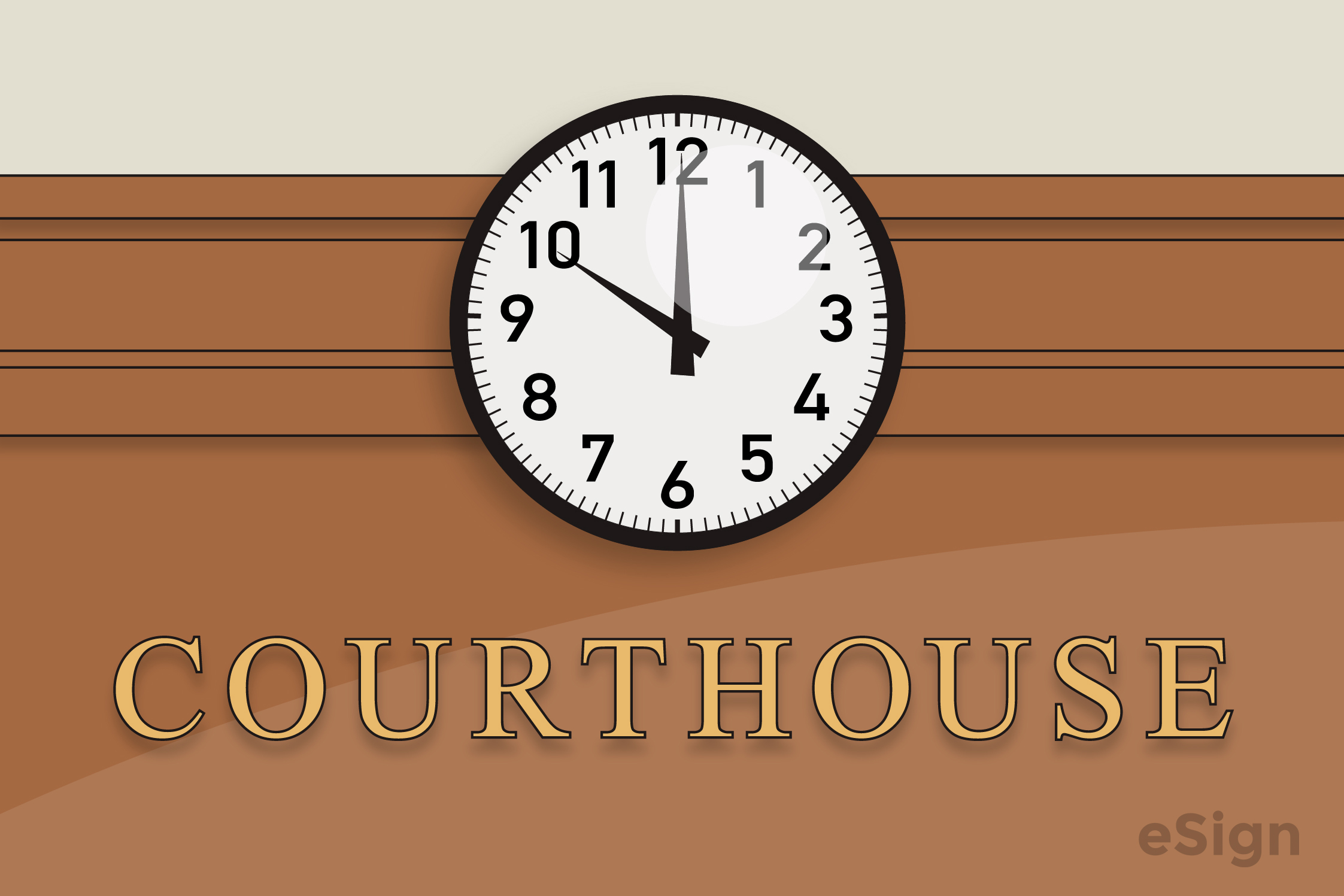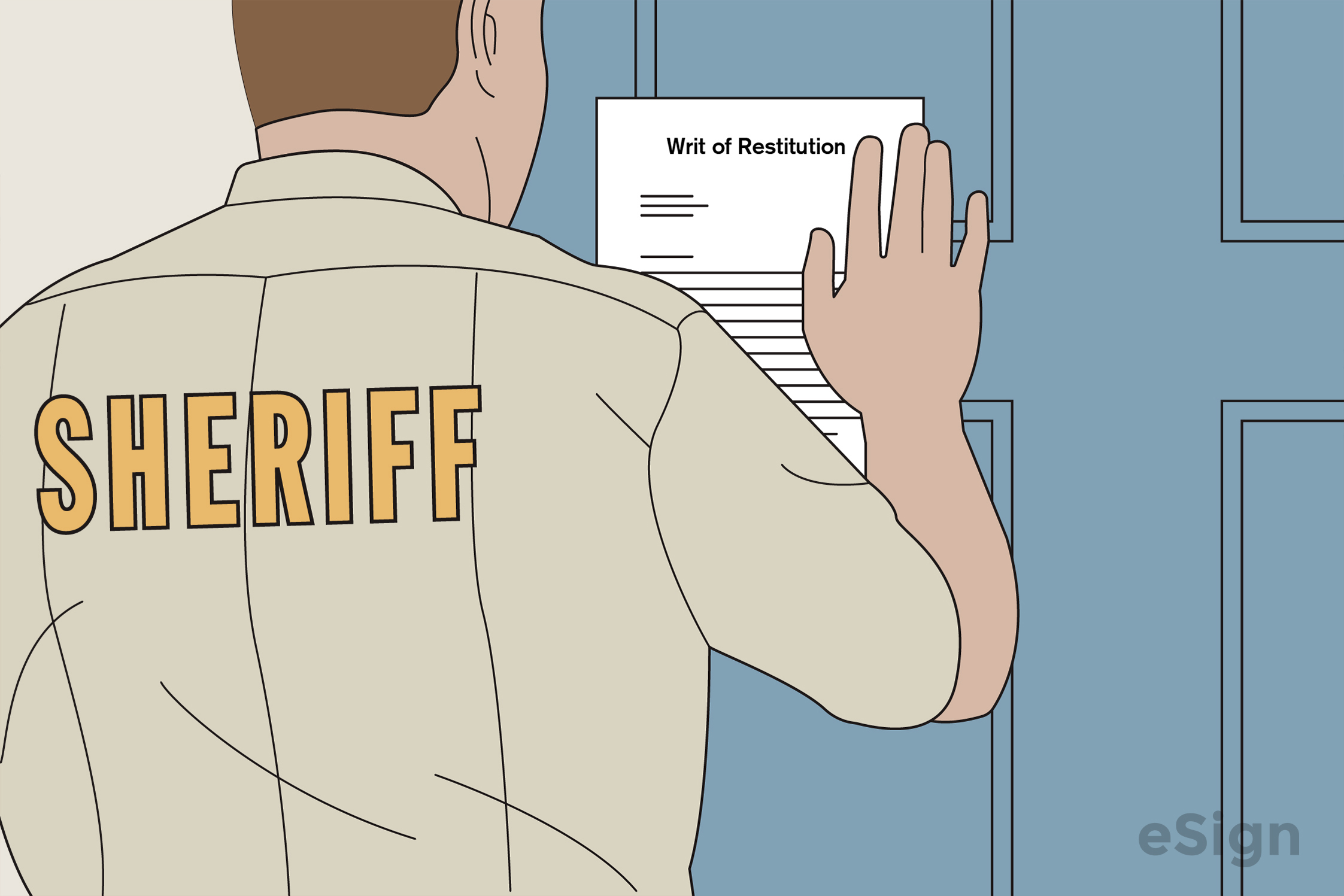Eviction Notices: By Type (4)
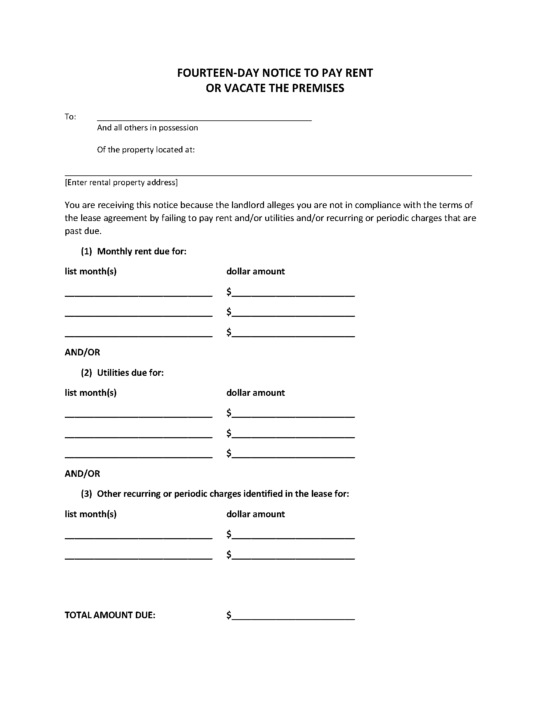 14-Day Notice to Quit | Non-Payment – Notifies a tenant that they must settle an overdue payment or vacate the unit. 14-Day Notice to Quit | Non-Payment – Notifies a tenant that they must settle an overdue payment or vacate the unit.
|
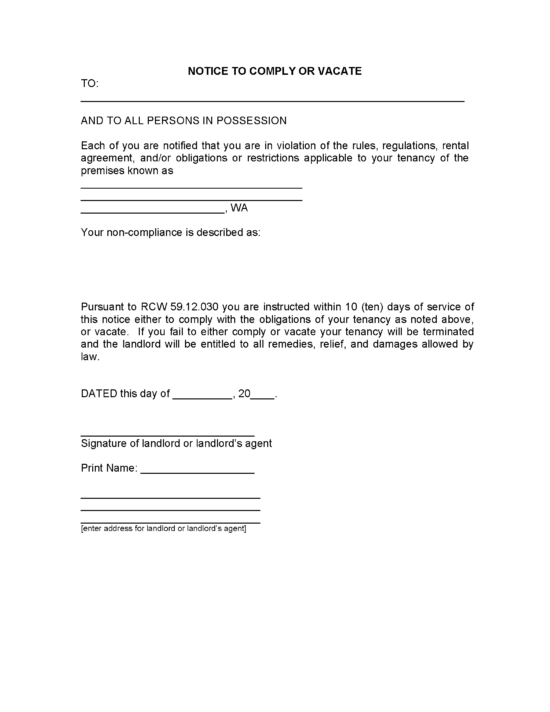 10-Day Notice to Quit | Non-Compliance – An eviction notice for tenants that have breached their lease agreement terms. 10-Day Notice to Quit | Non-Compliance – An eviction notice for tenants that have breached their lease agreement terms.
Download: PDF |
|
Download: PDF, Word (.docx), OpenDocument |
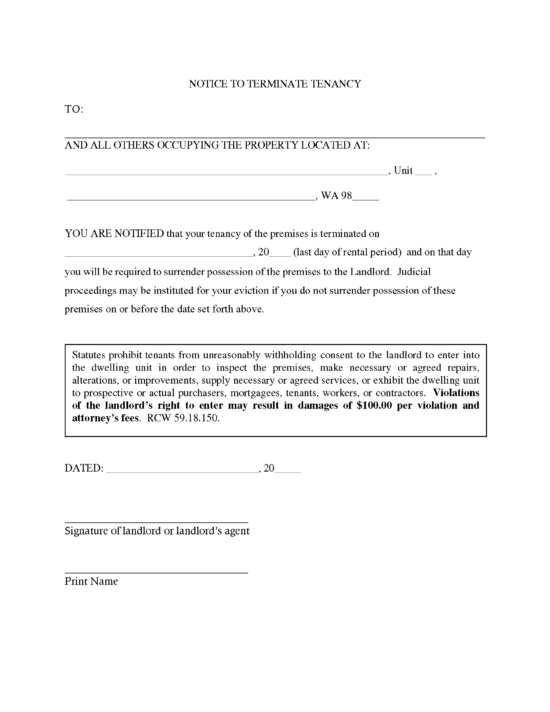 20-Day Notice to Terminate | Month-to-Month Lease – Used to terminate a month-to-month tenancy. 20-Day Notice to Terminate | Month-to-Month Lease – Used to terminate a month-to-month tenancy.
Download: PDF |
Notice Requirements
How to Evict a Tenant in Washington
Step 1 – Notice to Quit
A landlord must serve a notice to quit on a tenant that they wish to evict from the property. The form may include remedies that will allow the tenant to remain in the unit.
Step 2 – Prepare Documents
If the tenant has not vacated the premises (or remedied the issue) within the notice term, the landlord should prepare a Summons and Complaint to inform the tenant that legal action will be taken against them.
If the tenant is being evicted for the non-payment of rent, the landlord can also draft a Payment or Sworn Statement Requirement demanding they pay the balance to the court registry or provide a written statement disputing the claims.
Step 3 – Order to Show Cause (Optional)
The landlord may also prepare a motion for an Order to Show Cause that will ask the court to set a hearing date and require the tenant to attend.
Step 4 – Service of Documents
The Summons and Complaint must be filed with the Superior Court (along with the Payment or Sworn Statement Requirement and request for an Order to Show Cause, if applicable).
The forms must then be served on the tenant by a neutral party (process server or sheriff).
Often, the Summons and Complaint are served before filing, giving the tenant the opportunity to resolve issues before an eviction case is formally entered.
Step 5 – Tenant’s Answer
Once the Summons and Complaint are served, the tenant must respond with an Answer or a Notice of Appearance indicating that they plan to appear in court. If the tenant received a Payment or Sworn Statement Requirement, they must either pay the owed amount to the court or provide a written statement contesting the claim.
Step 6 – Show Cause Hearing/Trial
Unless already scheduled with the landlord’s filing, a show cause hearing will be set once the court receives the tenant’s Answer. At the hearing, the judge will hear both sides. If the court rules in favor of the landlord, it will issue a Writ of Restitution authorizing an eviction.
Step 7 – Writ of Restitution and Removal
After a Writ of Restitution has been issued, a copy of the form will be served on the tenant by the sheriff. If the tenant doesn’t vacate the property within three days, the landlord may contact the sheriff to remove the tenant from the premises.
Court Forms + Resources
Forms
- Complaint
- Signed by: Landlord
- Notice of Appearance
- Signed by: Tenant
- Order to Show Cause
- Signed by: Landlord, Judge
- Payment or Sworn Statement Requirement
- Signed by: Landlord, Judge
- Summons
- Signed by: Landlord
- Writ of Restitution
- Signed by: Judge
